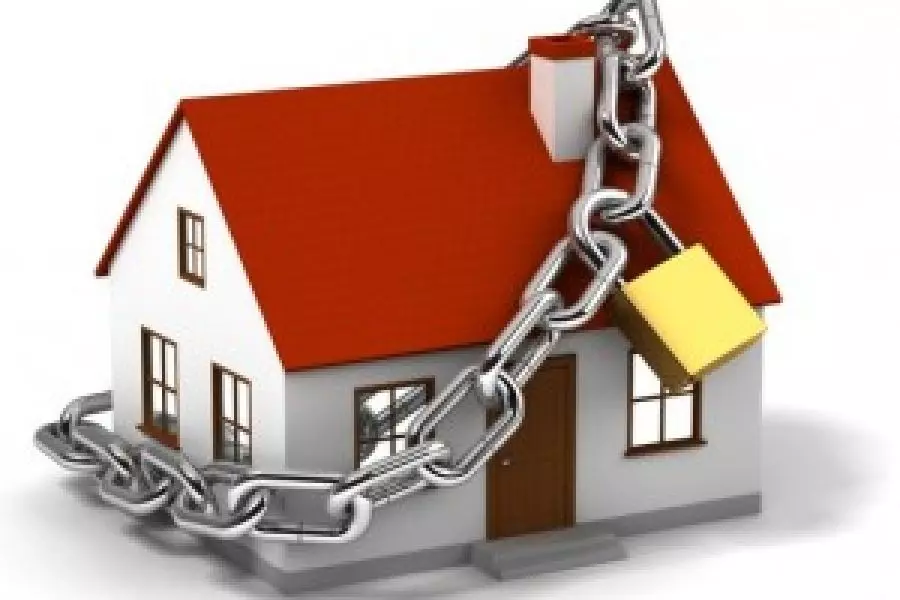News
Millions being paid for meth claims

Friday 2nd of June 2017
IAG, which has NZI, State and AMI in its stable of brands, has said that it receives from 40 to 80 claims for meth contamination of residential properties each month.
Many of these properties are rental properties.
The average meth claim cost is approximately $20,000 and, in total, claims amount to around $14 million per year.
According to sources, the majority of...
Want to read the full article?
Click the button below to subscribe and will have unlimited access to full article and all other articles on the site.
5 min read
6 min read






![[The Wrap] Bye Bye Bayly](https://goodreturns.publit.io/file/c_fill,w_900,h_600/39f23ac1-f7c7-4854-b700-a150004ebbac.webp)


